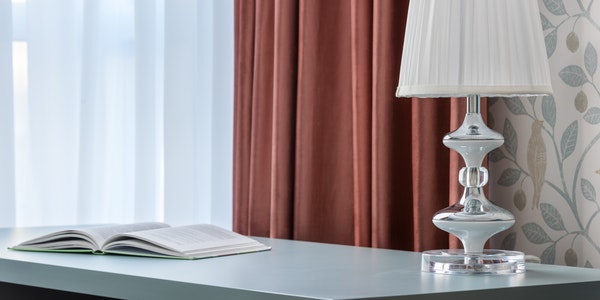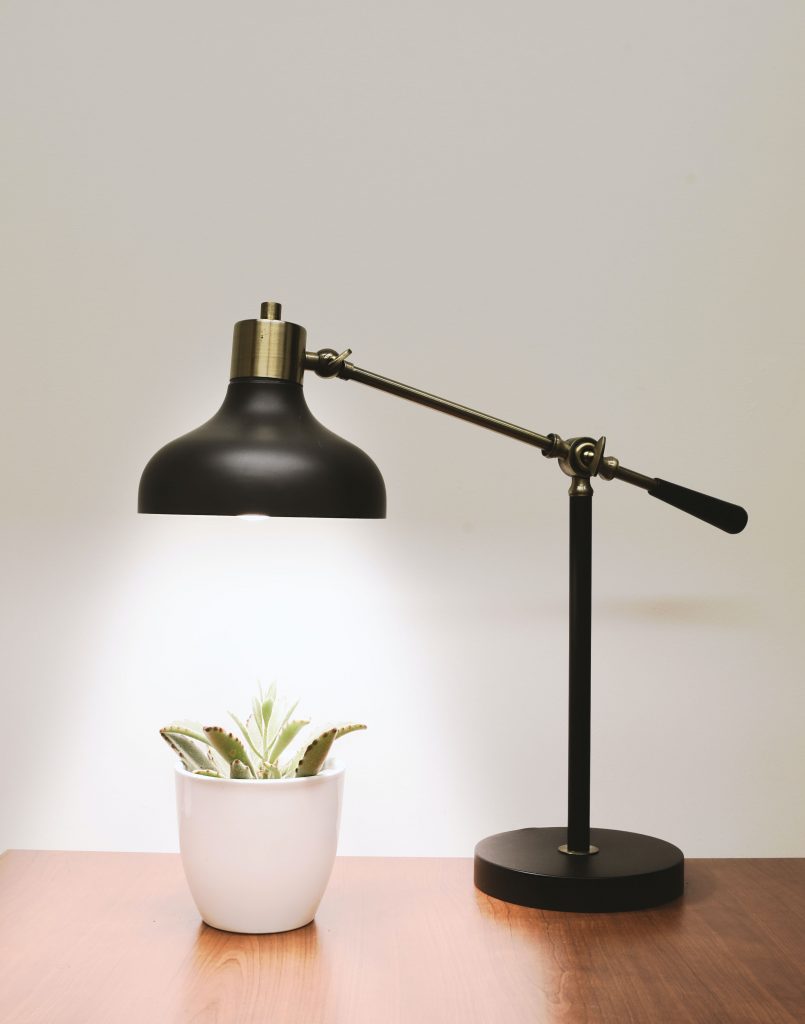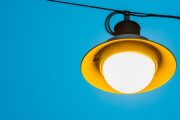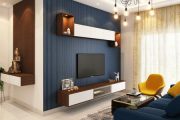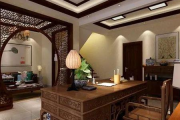The lamps used in general households are mainly various types of lighting lamps, decorative lamps, etc., among which desk lamps are mostly used for reading and writing. In recent years, there have also been various lighting lamps in the name of protecting eyesight, such as health care lamps and eyesight protection lamps, on the market. So, what kind of light sources and lamps should be used for reading and learning? Is it an ordinary tungsten lamp, a fluorescent lamp, an energy-saving lamp, or a health-care lamp that is now advertised?
Several physical properties determine the quality of the lamp
The light source of the desk lamp, in addition to seeing whether it flickers intuitively, also refers to physical characteristics such as luminous flux, illuminance, color rendering and color temperature.
Luminous flux The energy of visible light (ie, light power) emitted by the light source per second, in lumens (Im).
Illuminance The luminous flux per unit area of the illuminated object, the unit is Lux (Ix). In other words, when receiving 1 lumens of luminous flux per square meter area, the illuminance is 1 lux.
Color rendering The degree of recovery of the color of an object after it is illuminated by a light source, which is measured by the color rendering index (Ra). In the case of the same illuminance, a light source with good color rendering makes people see more clearly than a light source with poor color rendering.
Color temperature is also called color temperature, expressed in absolute temperature scale K. Working under high color temperature lights, people have a high degree of awareness, and it is good for people to rest under low color temperature lights.
Problems with commercially available lamps
- The illuminance does not meet the requirements. According to measurements, if the desk lamp uses a compact fluorescent lamp with a power below 16W, there is a problem of insufficient illuminance or uneven distribution.
- The high-power desk lamp has a low utilization rate and a large-power desk lamp, such as double-tube PL1800 (1300Im), 3U 20W (1200 Im), or four-tube parallel 27W (1800 Im), is sufficient in terms of luminous flux. However, from the perspective of making full use of the light source, luminous flux and creating a good lighting environment, the utilization rate of luminous flux is low, and almost half of the light is wasted in the lampshade.
- The lampshade affects the lighting environment
Since the lampshade is made of opaque plastic or metal, and there is no hole in the lampshade, the light cannot be radiated into the surrounding environment. The light in the lampshade only shines downwards, resulting in high and uniform lighting on the table. However, the surroundings, especially the entire space, are very dark, and it is difficult to achieve proper environmental lighting to meet the requirements of the ratio of operating, surrounding, and environmental brightness.
Recommendations
- The actual height of the desk lamp should be such that the light source cannot be seen by the eyes. In order to avoid the glare and the ultraviolet rays emitted by the lamp tube from harming the eyes.
- When reading and studying, some lighting should be reserved in the environment where the desk lamp is used. It is required to ensure that the illuminance ratio of the working surface, the working environment and the ambient brightness is 10:3:1, so that the eyes are more comfortable.
Purchase advice
- Power and luminous flux: The power of the light source in the desk lamp should be above 16W, and the luminous flux should be greater than 1200Im. When choosing a light source, you should choose a qualified product from a regular manufacturer. Some unqualified products, even if the power of the bulb is large, but because of the use of poor phosphors, the luminous flux cannot meet the requirements.
- Color rendering: This is an indicator that reflects the trueness of the color of the object under the light. When buying a lamp for reading or learning, it is best to bring a color photo, and look at the difference between the color of the photo and natural light under the lamp. The smaller the difference, the better the color rendering of the lamp.
- Color temperature: The color temperature of the light source is divided into low color temperature (below 3300K), intermediate color temperature (3300~5300K) and high color temperature (above 5300K). The light source with low color temperature is yellowish, which is a warm color and suitable for rest; the light source with high color temperature is white and belongs to Cool colors are exciting; the light source with intermediate color temperature is softer, suitable for reading and studying.
- Illuminance: The downward light of the lamp should be reasonably distributed, and the illuminance on the working surface should be uniform, and the difference between light and dark should not be too large.
- Lampshade: The lampshade should not be too deep. There are holes or gaps on the top of the shade, which can form upward light and make the ceiling have a certain brightness, so as to meet the requirement of a certain proportion of the illuminance around the work and the work surface.

Eye protection desk lamp needs to meet two conditions
Nowadays, more and more types of lamps and lanterns are responsible for the lighting function, such as chandeliers, ceiling lamps, table lamps, floor lamps, wall lamps, spotlights and so on. There are many colors of lights, including colorless, pure white, pink, light blue, light green, golden, and creamy white.
Lamps and lanterns in the traditional sense are now more and more responsible for beautifying the room and creating an atmosphere. But most of the people who read and write are still desk lamps. So, how do you choose a suitable lamp for your child? According to Dr. John Carter, the chief physician of the Ophthalmology Department of Children’s Hospital, the eye protection table lamp must meet two conditions, one is that it cannot have stroboscopic light, and the other is that it must meet or be close to natural light.
It is understood that the cold light source that people use daily, due to the constant change of voltage, often has the phenomenon of light and dark alternation, this kind of light flicker is called stroboscopic.
The strobe of a fluorescent lamp is less than 50 times per second, and the human eye will not perceive it. If the strobe is severe, it will have strong irritation and damage to the human eyes. Reading and working under this light source for a long time will cause dry eyes, eye pain and eye fatigue, which is a factor that causes myopia.
For this reason, when parents choose eye-protection desk lamps, one of the first factors to consider is whether the desk lamps have stroboscopic, and try to choose those without stroboscopic. In addition, humans are a member of the natural world, so the more they are in an environment that matches or is close to natural light, the more comfortable the human eye will feel. When choosing a lamp, parents should also pay attention to choosing those lamps that are more in line with or close to natural light.
Dr. Carter pointed out that there are two main reasons for myopia, one is congenital heredity, which cannot be overcome in contemporary medicine. The second is the improper use of eyes. At present, most of the students’ myopia are caused by improper use of eyes. The improper use of eyes is mainly reflected in three aspects, one is the reading distance is too close, the second is the duration is too long, and the third is the use of inappropriate table lamps.
Experts remind parents that when choosing lamps for their children, they can carry a small top and spin the top under the light. If there is no visual illusion of inversion, it means that the lamp has no stroboscopic effect.

